My plants are (mostly) loving the sunshine! Plant lights can only do so much.
I looked and looked, and I didn't spot any Ross's geese nor overhear other birders gasping at the sight of one. I did scour my images. A few are spotted at Middle Creek (where this event occurs in Pennsylvania) every year, but obviously, they're hit or miss when you have to sort through tens of thousands of individuals that generally all look the same.
It loads fine for me on Jerboa and desktop.
I feel you. My monstera is working on coming back from the dead. I agree with the other comment that this leaf looks pretty useless. Unless you rapidly moved your plant between lighting regimes like I did, it's probably a normal thing!
It's just more cryptic diversity by way of genetics and call analysis! So, not far, but likely more endemic to Honduras than previously thought (as is the trend with a lot of herpetofauna in the region).
Thanks, I will! I only give up when the plant really gives up (or ants invade and it's not worth it--RIP spider plant).
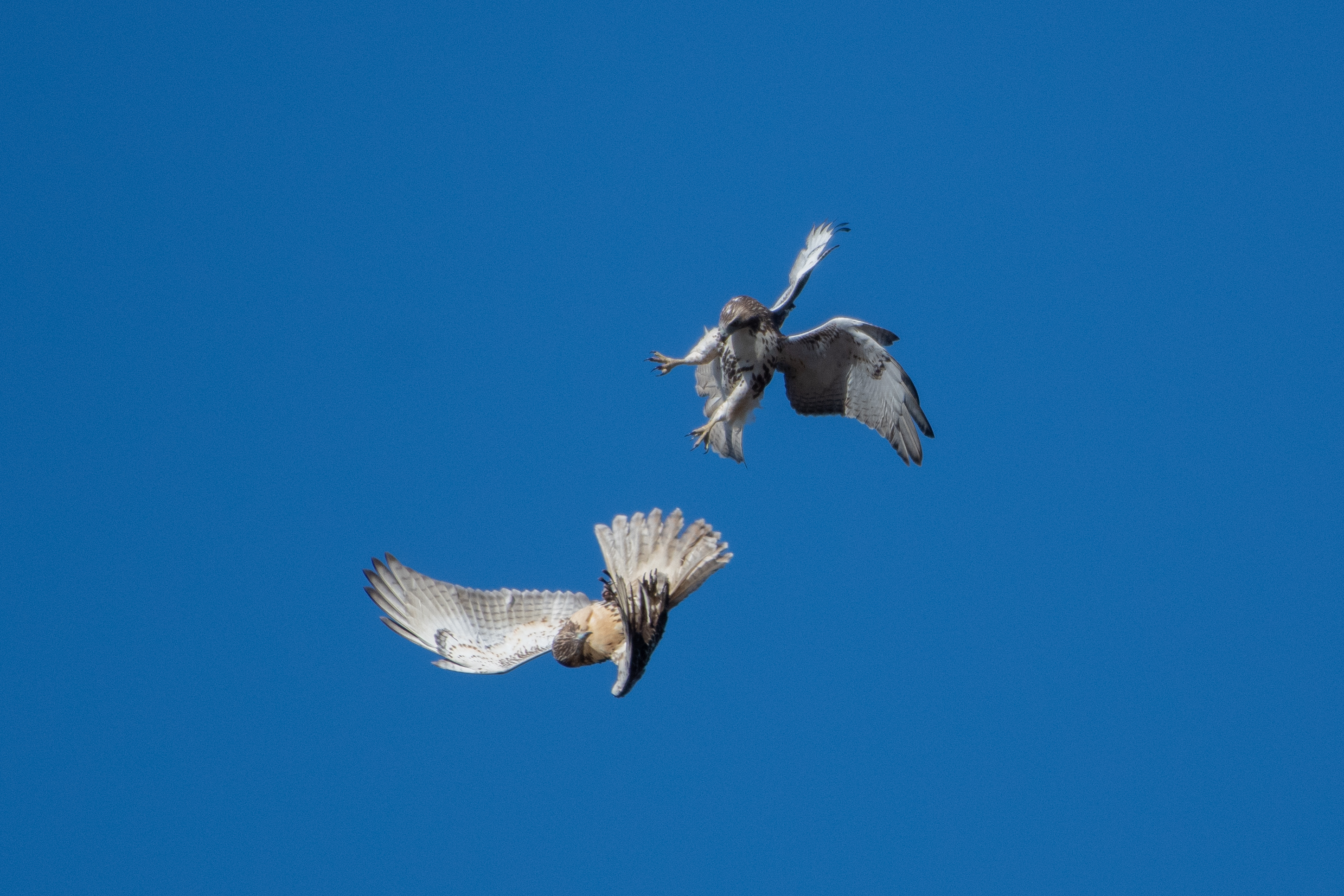

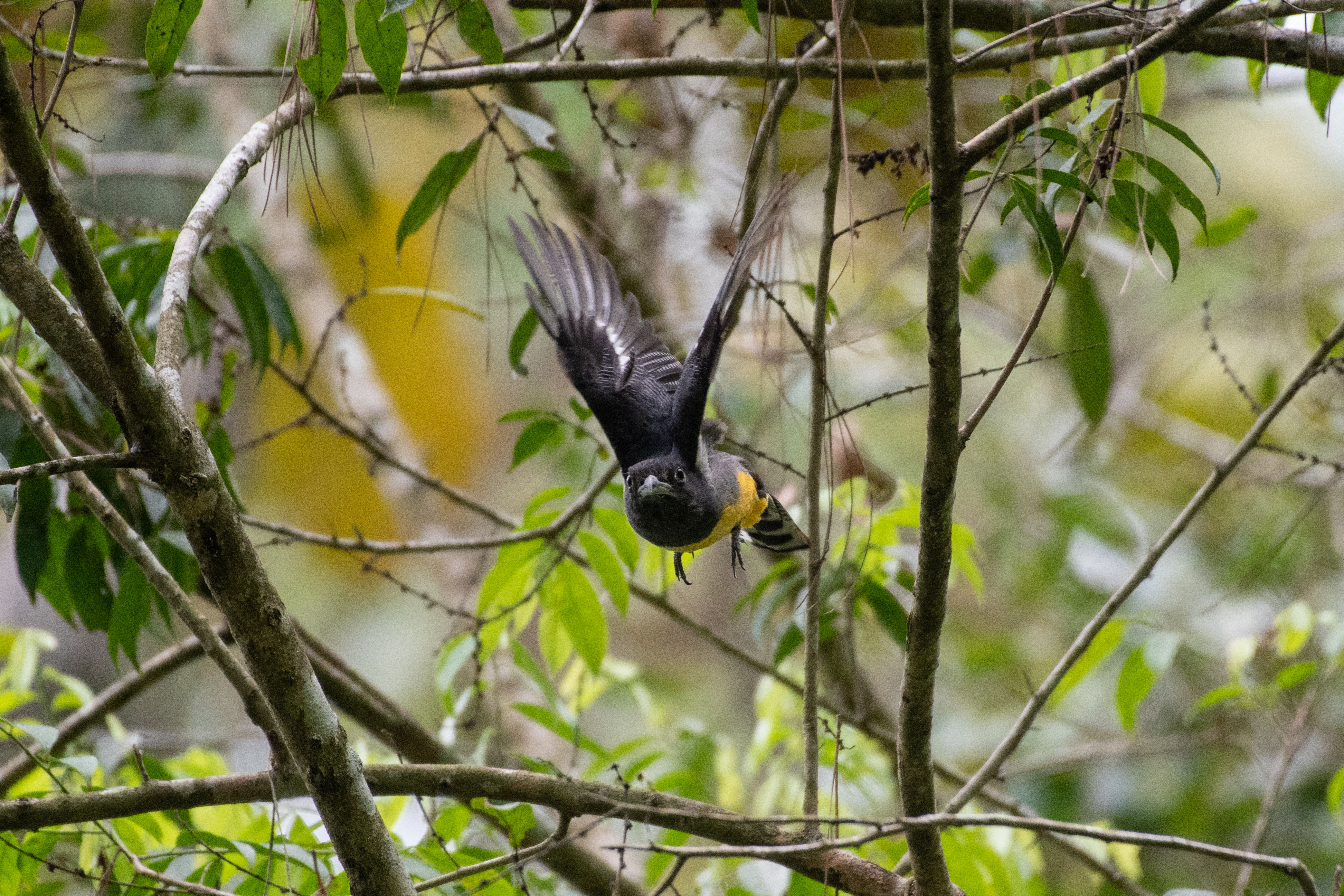


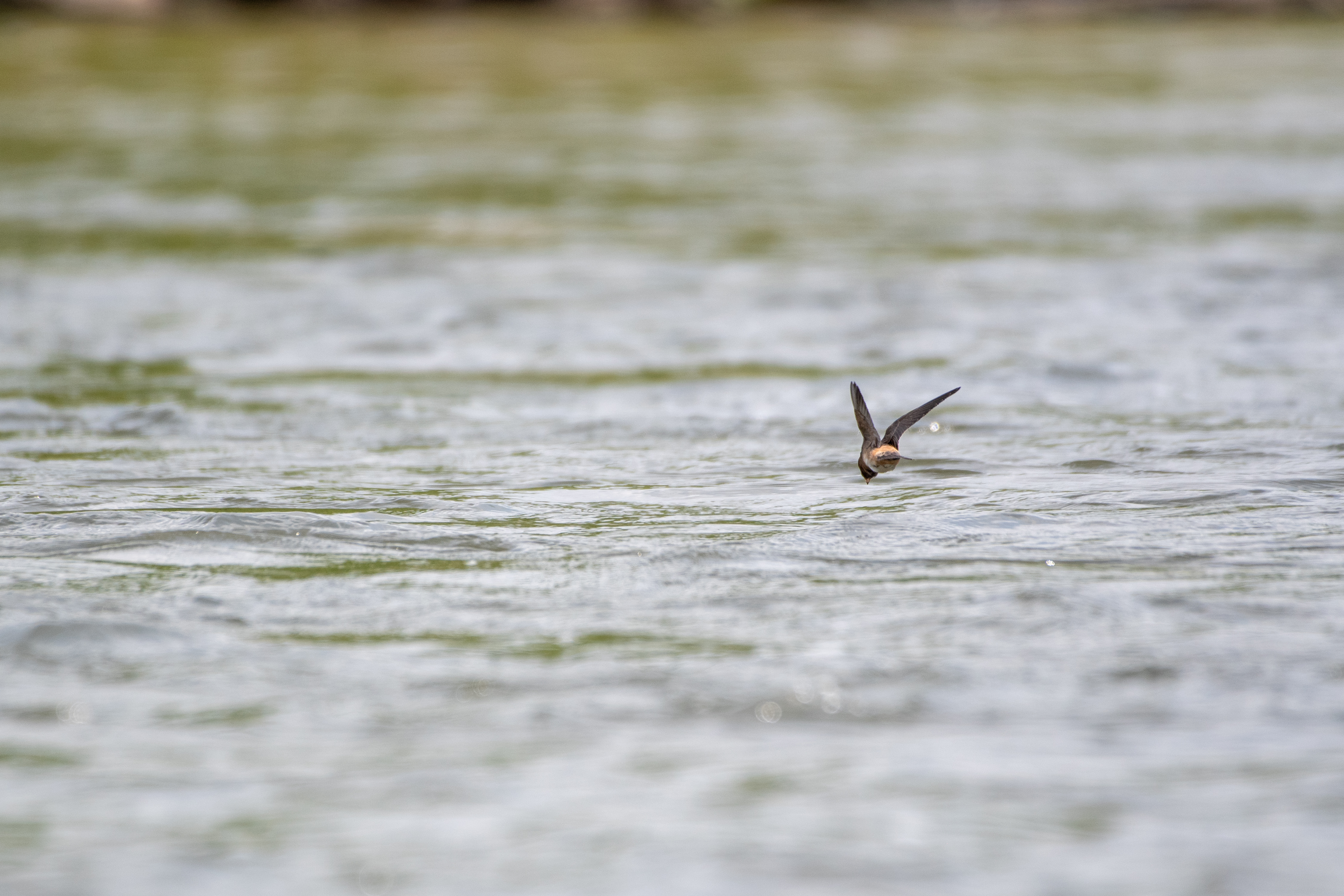
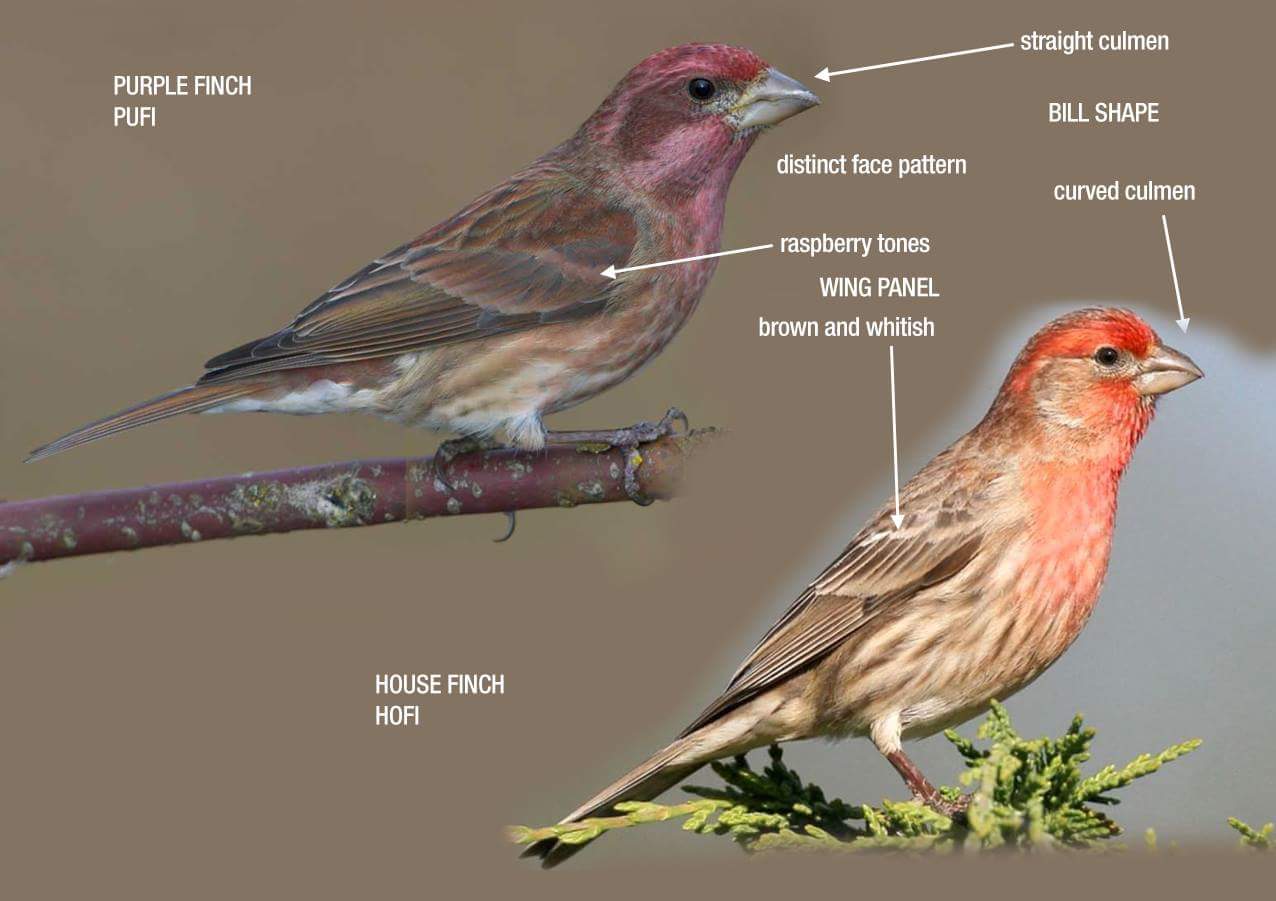
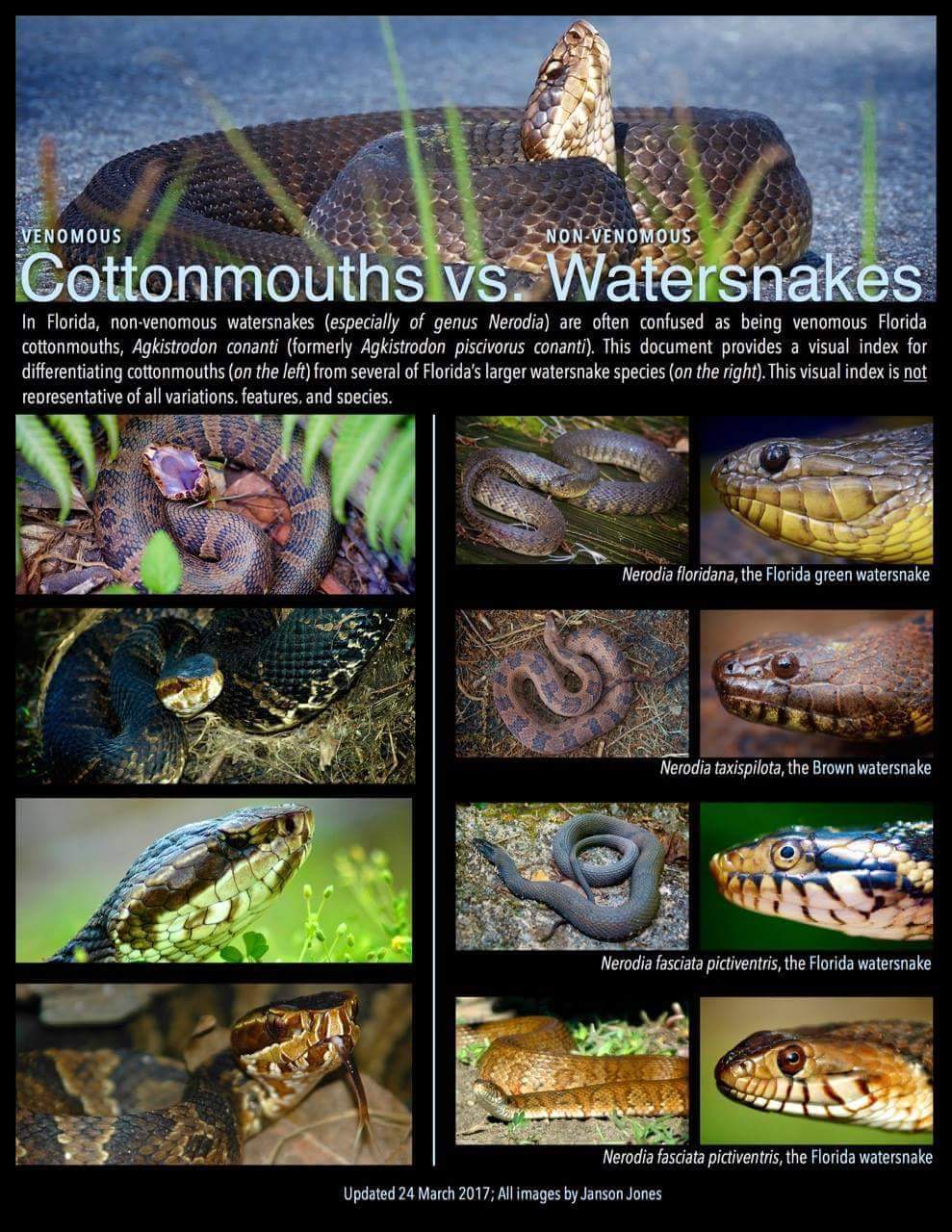

Oh, not that I know of. I was being facetious. I'm in some FB groups for tarantula keepers though, and they feel like their spiders recognize them. Admittedly, I don't know as much about arthropod behavior as I do for vertebrates.
A lot of tarantulas on this island do tend to inhabit burrows directly next to roads though. I'm not sure if it's about prey availability or what. I didn't see as many tarantulas in the forests.